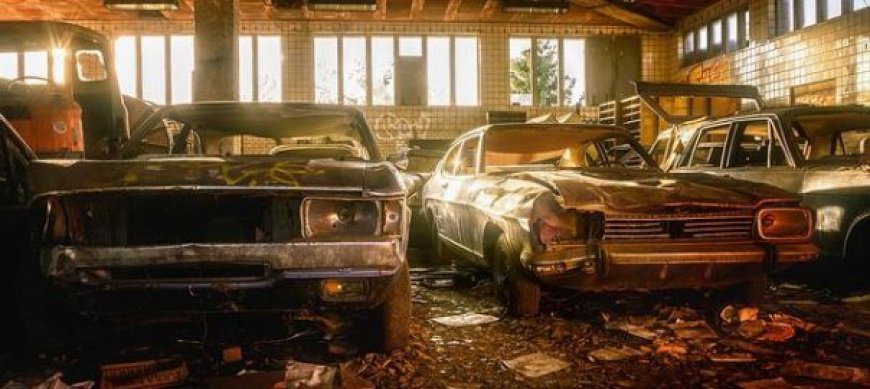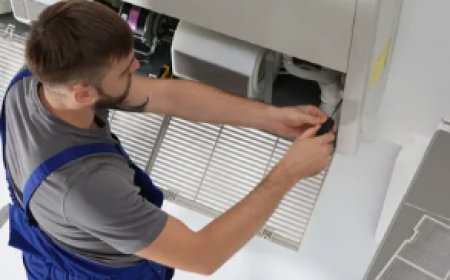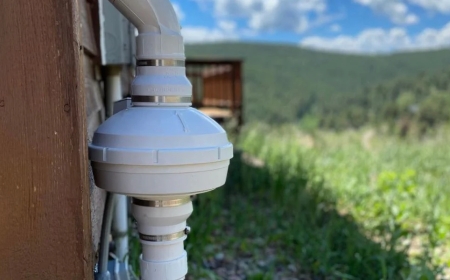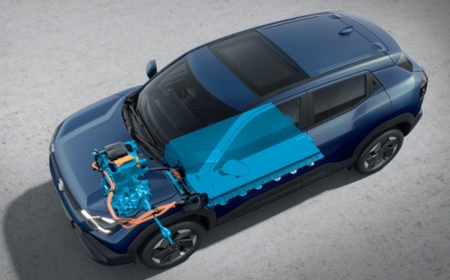Rust and Redemption: How Salvage Yards Are Powering the Circular Auto Economy
Learn how salvage yards reduce waste, reuse car parts, and support a cleaner environment. Discover more through Car Removal Sydney and the circular auto economy.

Vehicles are often seen as temporary tools that serve their purpose and then fade into the background once they stop running. What many people do not realise is that these end-of-life vehicles can still play a meaningful part in a larger system. Salvage yards, long viewed as storage for broken cars, are becoming part of a growing solution to resource waste. Through recycling and reusing parts, they help reduce environmental harm and support what is now known as the circular auto economy.
What Is the Circular Auto Economy?
The circular auto economy is a model where vehicles, once considered waste, are reused through various methods instead of being discarded. In this system, cars are not just scrapped and forgotten. Instead, parts are recovered, materials are recycled, and components are given another purpose. The goal is to reduce the amount of waste sent to landfill and lessen the demand for new resources.https://cashforcarsnsw.com.au/
This approach is gaining attention as global industries look for ways to reduce pollution and slow down resource depletion. Every car recycled or repurposed means fewer raw materials are mined, fewer manufacturing emissions are released, and fewer unused parts are left to decay.
Why End-of-Life Vehicles Still Hold Value
A car might stop running, but that does not mean everything in it is useless. Most vehicles still contain working parts like engines, alternators, gearboxes, wheels, mirrors, and more. Many of these components can be used in other vehicles or repurposed for different machines.
Even the metal shell of the car has purpose. Steel, aluminium, and copper are common in vehicle construction, and all of them can be melted down and used again. This helps reduce the need for raw metal mining, which has heavy environmental costs.
According to the Australian Bureau of Statistics, millions of tonnes of scrap metal are processed each year, with vehicles making up a large share. By recovering these materials, salvage yards help limit energy use and cut down the pollution caused by mining and production.
Environmental Benefits of Recycling Car Materials
Recycling car materials has a direct impact on pollution levels. For example, producing new aluminium from raw ore uses far more energy than recycling old aluminium. Steel production also becomes cleaner when scrap metal is used instead of iron ore.
On top of that, recycling car batteries prevents dangerous chemicals from leaking into the soil. Lead, acid, and other substances found in old batteries can be highly damaging if they enter waterways or the ground. Salvage yards that follow correct disposal methods help stop this from happening.
Tyres are another common waste item. They take hundreds of years to break down and can become fire hazards or collect rainwater, which encourages pests to breed. When tyres are shredded and used in road projects or other products, they avoid the landfill and support a more sustainable system.
How Salvage Yards Support Resource Recovery
Salvage yards play a major part in resource recovery. Each vehicle brought into a yard is inspected. Fluids are drained and stored safely. Reusable parts are removed and cleaned. Items that can no longer be used are broken down and sorted by material type.
This process makes sure nothing goes to waste. Working parts are sold to mechanics or car owners who need replacements. Metals are sold to recyclers. Plastics and glass are also sorted for reuse where possible.
This system supports local economies and reduces the need to produce brand new parts. It also brings down the energy used across the supply chain.
How Salvage Yards Help Households and Cities
Old vehicles often take up space and create clutter in homes and neighbourhoods. They can leak fluids, attract dumping, or become targets for vandalism. Clearing them away not only improves the look of an area but also removes possible dangers.
This is where local vehicle collection services step in. One such service is Cash for Cars NSW, which works with residents to collect and manage old cars that are no longer needed. They handle Car Removal Sydney in a way that makes sure the vehicle is properly recycled and does not end up causing further harm. By linking with salvage yards, they help keep cars out of landfills and ensure their parts return to use. This process supports the wider goal of the circular economy and brings cleaner outcomes to both homes and cities.
Job Creation Through Reuse and Repair
Salvage yards are not just about materials. They also create jobs in sorting, cleaning, testing, and resale. As more people turn to second-hand car parts for repairs, the demand for skilled workers in this space grows. Mechanics, transporters, dismantlers, and others all play a part in the circular auto economy.
Many small workshops rely on salvage yards for quality used parts. This lowers the cost of repairs and helps keep vehicles on the road longer, which also cuts down waste.
By keeping cars running with recovered parts, fewer vehicles end up scrapped early, which helps extend their use and keeps the cycle going.
Future Growth and the Role of Technology
As more electric and hybrid vehicles enter the market, the work of salvage yards is expected to change. These newer cars contain high-powered batteries, complex systems, and rare metals. Handling them safely requires training and updated tools.
Some salvage yards are already preparing for this change by improving their methods. They are learning how to take apart these cars, store the parts safely, and manage battery units. This forward planning supports the long-term growth of the circular economy and makes sure future cars can also be reused in safe ways.
The Bigger Picture
Australia, like many countries, faces pressure to reduce landfill use and cut carbon emissions. The transport sector plays a part in this. By changing how we treat old vehicles, we can reduce the damage caused by dumping, burning, or ignoring waste.
Salvage yards offer a way to close the loop. They keep valuable resources in use, reduce the need for raw materials, and help prevent pollution. With better public knowledge and support, this cycle can grow stronger and cleaner over time.
Conclusion
Salvage yards, often overlooked, are now becoming key players in the move toward a circular auto economy. By recycling materials, reusing parts, and helping reduce waste, they show that even rusted vehicles still have something to offer. This shift not only supports the environment but also helps build smarter systems for dealing with vehicle waste.
Through simple steps like recycling old cars and using collected parts, people can take part in a cleaner and more balanced future. It all begins with how we look at what we once thought was useless.


































